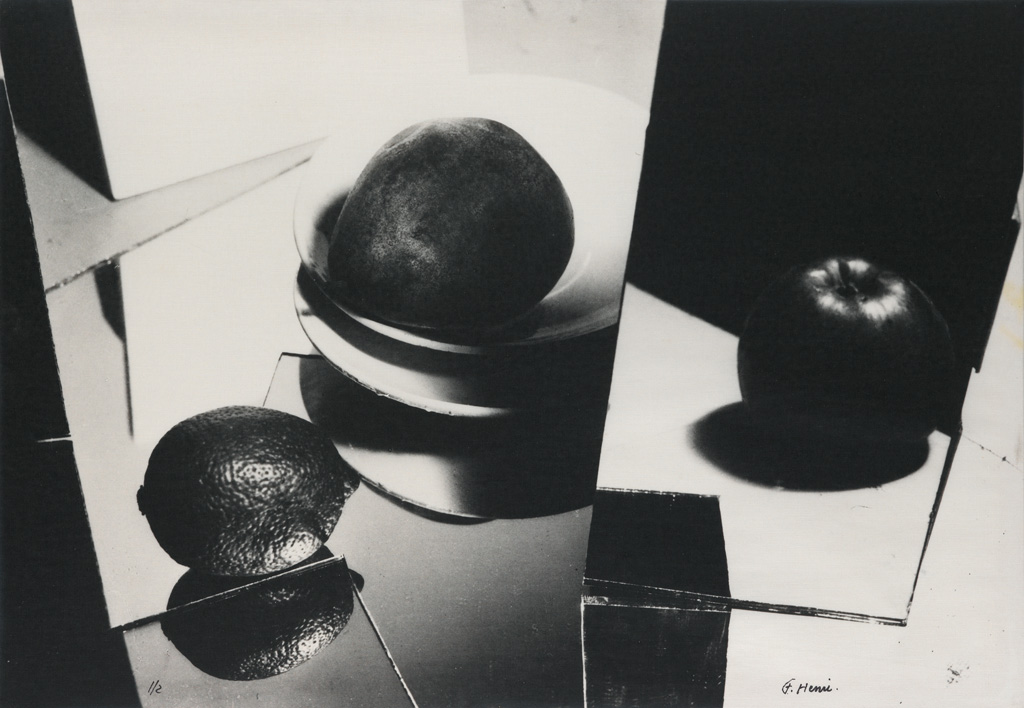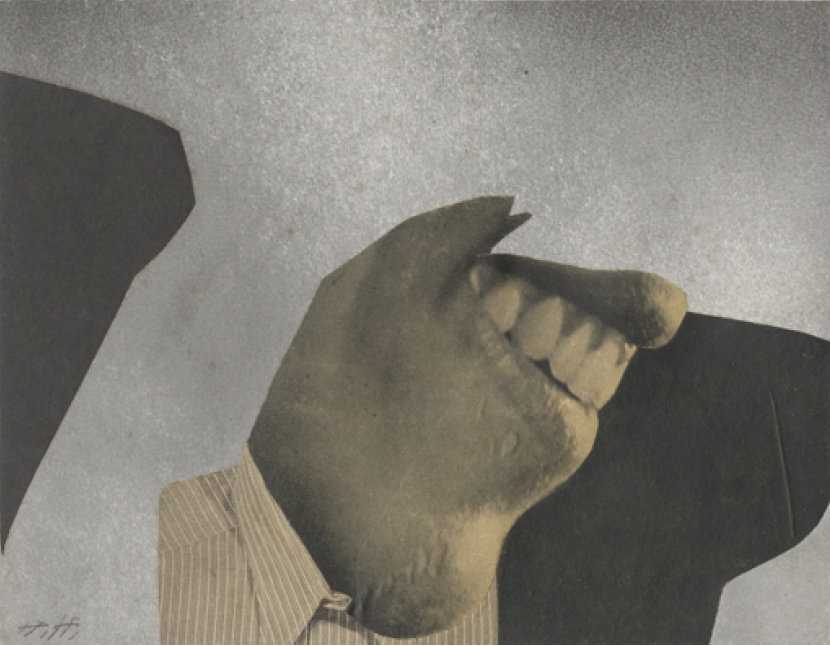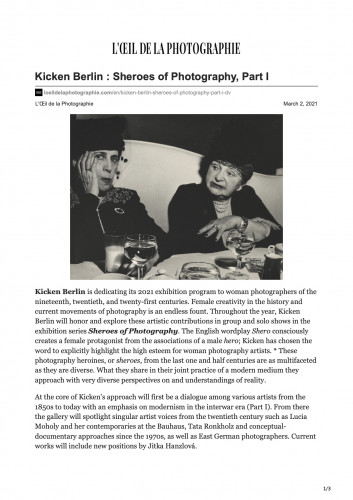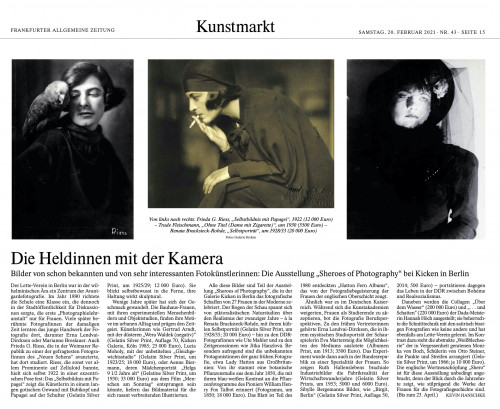Biography
Born in New York into a French-German family, Florence Henri (1893-1982) spent her early years between New York, Paris, Silesia, Rome and England. Early on trained as a pianist, she moved to Berlin in 1912 to pursue her musical education, but abandoned them for painting studies with Johann Walter-Kurau in the following years. Soon she got involved with Berlin’s avantgarde art circles. Deviding her time between Berlin, Düsseldorf and Munich since the early 1920s, Henri took also classes at the Bauhaus in 1924 and 1927. Around 1925, she studied in Paris with André Lhote and Fernand Léger and exhibited her work at the show L’Art d’Aujourd’hui. At her second stint at the Bauhaus in 1927, Henri started to experiment with photography under the influence of László Moholy-Nagy. From this point on, photography dominated her work: Since 1928, Henri debuted with abstracting mirror portraits and still life studies which earned her the contribution to numerous German avantgarde exhibitions such as Film und Foto in Stuttgart and Fotografie der Gegenwart in Essen. Back in Paris around 1930, Henri opened a studio and taught courses, among her students were Lisette Model and Gisèle Freund. She took part in the artist’s group Cercle et Carré and continued to exhibit internationally. Henri stayed in France during WWII, and after the war, moved to a studio at rue de la Grande Chaumière in Paris, where photographer Willy Maywald was another close friend and neighbor. In her later years, painting prevailed her photographic practice. Interest in her work was renewed by the public attention to interwar avantgardes. Subsequently, retrospectives were held since 1976 at Westfälischer Kunstverein Münster and Kunsthalle Baden-Baden, the Musée d’art moderne de la ville de Paris (1978), The Photographer’s Gallery London (1979), the San Francisco Museum of Modern Art (1990), Pinakothek der Moderne Munich (2014) or Jeu de Paume, Paris (2015).






